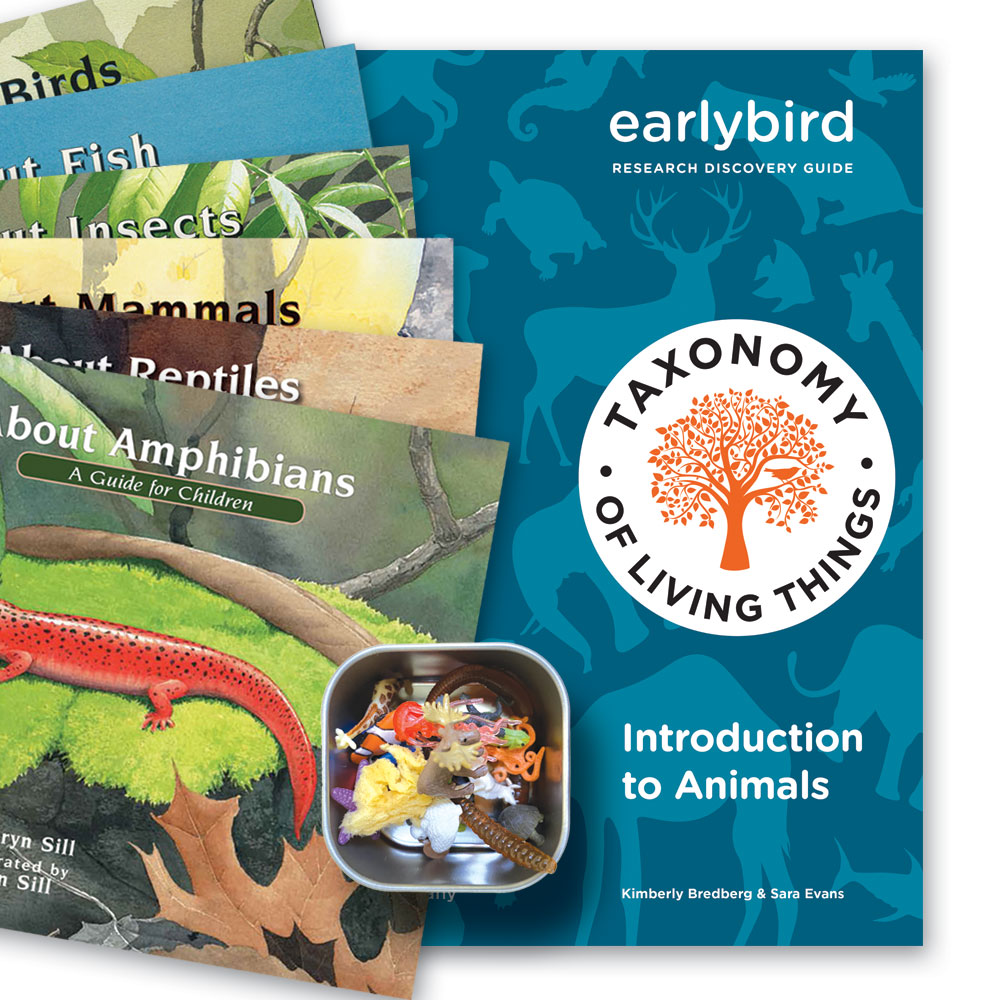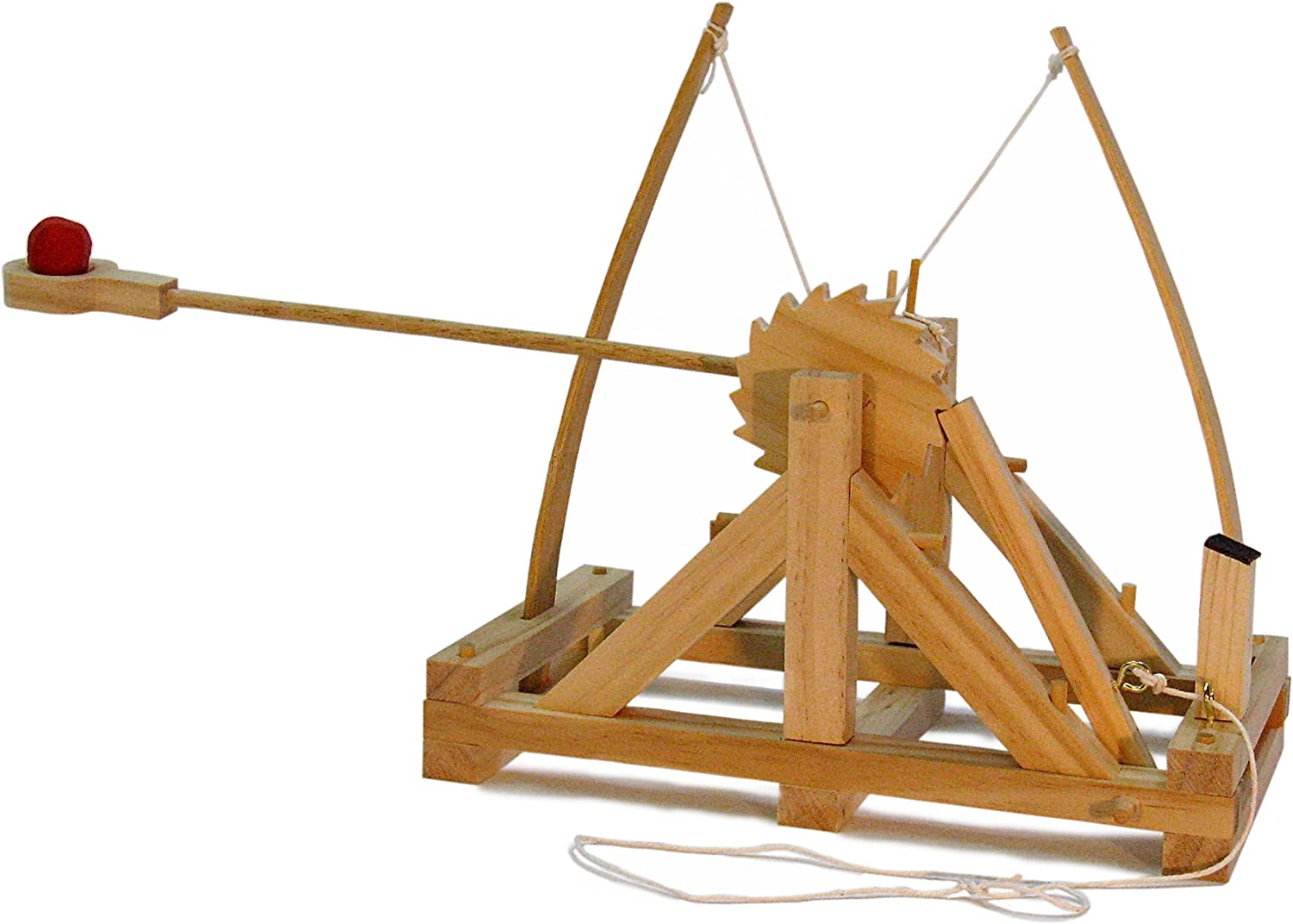WE ARE HAPPY TO WELCOME OUR BRAND NEW UNIT:
Earlybird Introduction to Animals!
There are two types of things in the world: living and non-living! Everything you can imagine is one or the other. Taxonomy is the science of sorting it all out. At its basic level, taxonomy identifies, names, and classifies all living things in a systematic way.
Every species has a common name, but also a unique two-part scientific name situating it on the tree of life. In the pages ahead you will get a glimpse of the amazing order that is intrinsic to the natural world.
Over the course of 13 weeks, students will be guided into the work of learning about the animal kingdom, journaling their discoveries along the way. This opportunity to research will not only help them to gain knowledge, but also to springboard into the realm of non-fiction, narrative writing.
As with all our materials, included in the front of the journal is the instructional material. Read through this material carefully. Next, flip through the first week of the journal to familiarize yourself with the daily work of your student. Week 1 is an introduction to the science of classification. After that, students will be focusing on one class of animals every two weeks. Scan through Weeks 2 and 3, and you will notice that on the first week, the reading is tied to comprehension and note taking activities, and the second week is an opportunity to write about an animal. This ongoing, consistent opportunity for practicing constructive writing skills will help students gain confidence in their ability to communicate.
While the unit is included in our 2nd Grade Level Collection, it is perfect for both 2nd and 3rd graders, and available for purchase A La Carte.
~Kimberly




